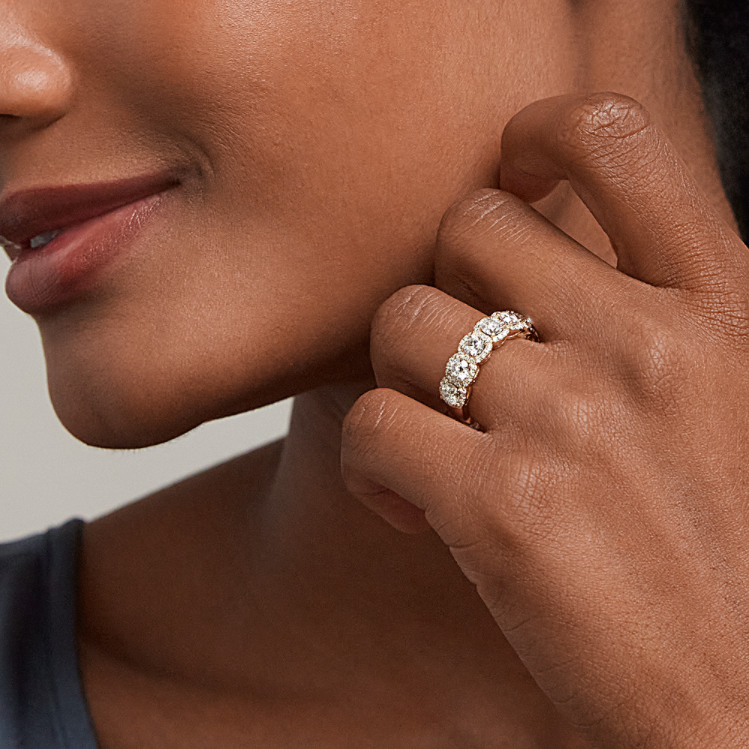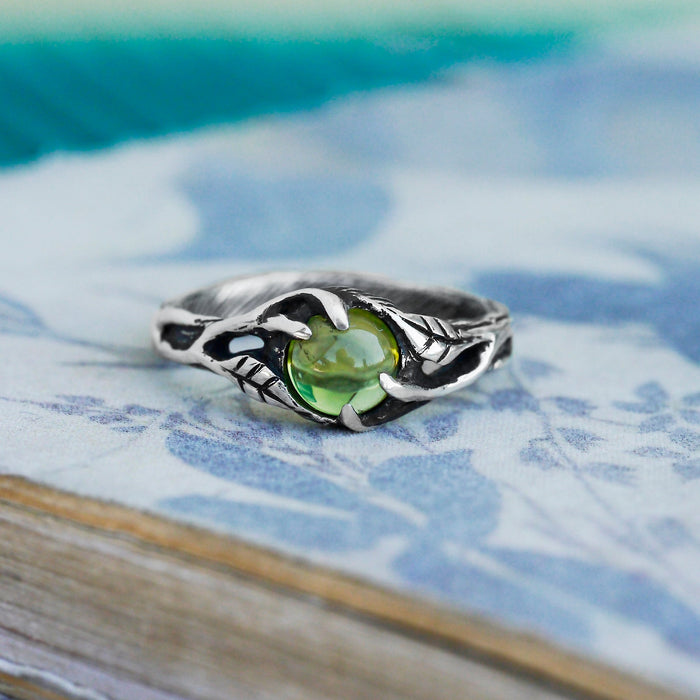Locating the Right Fit: An Overview to Sizing Women's Rings
Identifying the right size for women's rings is a nuanced procedure that expands past mere dimension. Proper sizing calls for an understanding of various factors, consisting of the approach of dimension, the design of the ring, and specific finger attributes. The size of the band can dramatically affect the perceived fit, necessitating adjustments based on personal preferences. As we explore the intricacies of this topic, it ends up being apparent that an extensive approach is necessary to guarantee convenience and complete satisfaction. What considerations should you keep in mind to achieve the perfect fit?
Understanding Ring Dimensions
Understanding ring sizes is essential for making certain a best fit, as also minor variants can dramatically impact convenience and wearability. Ring dimensions are commonly signified by a mathematical value that corresponds to the area of the finger. This measurement is critical because a ring that is also limited can cause discomfort or limit blood flow, while one that is too loosened might slip off and end up being shed.
In many areas, ring sizes are determined making use of basic systems, such as the United States system, which varies from size 3 to size 13, with half and quarter sizes readily available for greater precision. In comparison, other nations may use different systems, such as the UK or European sizing, which can lead to confusion if not properly comprehended.

How to Measure Your Finger
To precisely determine your ring dimension, it's important to take specific measurements of your finger. Begin by picking a time when your hands are at a regular temperature; fingers can swell in warmth and shrink in cool, impacting dimension.
For the most trustworthy measurement, you will certainly need a flexible measuring tape or an item of string. Ensure it's narrow and mark the factor where the string overlaps after wrapping it around the base of your designated ring finger if using string. If utilizing a gauging tape, wrap it around the very same area, guaranteeing it fits well but not too limited.

Once you have your dimension, compare the length to a ring dimension graph, which will generally transform millimeters to equivalent ring dimensions. It's a good idea to gauge both your non-dominant and dominant hands, as they can differ in dimension. In addition, consider measuring at numerous times of the day to make certain uniformity.
Recording your dimensions properly will aid you discover the ideal suitable for your ring, guaranteeing convenience and design. Putting in the time to determine properly can make all the difference in your ring-wearing experience.

Typical Sizing Blunders
Precise finger dimensions are essential for choosing the right ring size, yet several individuals overlook typical sizing blunders that can result in uncomfortable rings. One common mistake is measuring the finger at the wrong time of day. Fingers can swell as a result of warmth or physical activity, causing an imprecise analysis. womens rings. It is recommended to gauge fingers when they are at their typical dimension, normally at night when they are neither as well cozy neither as well cold.
Another constant oversight entails disregarding to account for the ring's width. Larger bands may need a bigger size compared to narrower styles, as they can feel tighter on the finger. Furthermore, people frequently neglect to take into consideration changes in weight or lifestyle that can affect finger size gradually, causing an inequality in between the ring and the user's present measurements.
Lastly, counting only on online ring dimension graphes without verifying dimensions can cause mistakes. Ring sizes may vary by maker, and individual comfort is important - womens rings. Requiring time to avoid these common sizing blunders makes certain that the chosen ring fits flawlessly and can be worn comfortably for several years ahead
Readjusting for Different Designs
Lots of ladies may not understand that adjusting for various ring styles is important when establishing the appropriate dimension. Different designs can considerably impact just how a ring fits, causing potential pain or perhaps loss.
For example, larger bands tend to fit even more snugly than narrower ones. A vast band can produce a tighter feeling, necessitating a fifty percent or complete size boost for optimum convenience. Alternatively, a fragile or thin band may really feel looser, which can suggest a smaller sized dimension.
Furthermore, rings with intricate settings, such my site as those including several stones, might call for a larger size to accommodate the included mass and make sure an optimal fit. On the various other hand, flexible rings or those with open designs can offer versatility in sizing, permitting females to quickly change the fit.
Additionally, the product of the ring can contribute. Steels like titanium and tungsten are less malleable than gold or silver, which might influence sizing decisions.
Eventually, recognizing exactly how different designs impact fit is critical for selecting a ring that not just looks stunning but likewise really feels comfortable throughout the day.
Tips for Special Finger Forms
Understanding how various designs influence fit is particularly important for ladies with one-of-a-kind finger shapes. Individuals with larger knuckles or tapered fingers may locate that traditional sizing methods do not yield an optimal fit. It is crucial to consider both the ring style and its style elements.
When choosing rings, choose broader bands, as they have a tendency to use more security and can suit abnormalities in finger shape. Furthermore, take into consideration flexible or flexible layouts, which give flexibility and versatility for different finger dimensions.
Ladies with especially slim or broad fingers should additionally bear in mind the ring's profile. Rings with a slight domed form can produce a flattering appearance, while those with sharp sides might really feel uneasy or pinch.
Always keep in mind to try rings on at various times of the day; fingers can swell because of warm or physical task, impacting fit. If acquiring online, try to find sellers that use charitable return policies, enabling you to try out dimensions and styles without commitment.
Verdict
In conclusion, selecting the suitable size for ladies's rings necessitates cautious consideration of dimension techniques, design variations, and private finger attributes. Accurate measurements, incorporated with an understanding of how different ring widths can influence fit, are critical for accomplishing convenience and longevity. In addition, awareness of prospective sizing mistakes and changes for special finger forms even more boosts the fitting process. Inevitably, a thoughtful approach to sound sizing can bring about a enduring and gratifying selection. her response
It is likewise crucial to think about that numerous factors can affect ring dimension, including temperature, time of day, and private finger shape.When you have your measurement, contrast the size to a ring dimension graph, which will generally transform millimeters to corresponding ring sizes.Accurate finger measurements are vital for selecting the navigate here best ring size, yet numerous individuals forget common sizing mistakes that can lead to uncomfortable rings. In addition, individuals usually forget to consider changes in weight or lifestyle that can influence finger dimension over time, leading to an inequality in between the ring and the user's existing measurements.
In final thought, selecting the ideal size for women's rings necessitates mindful consideration of measurement strategies, style variations, and individual finger attributes.